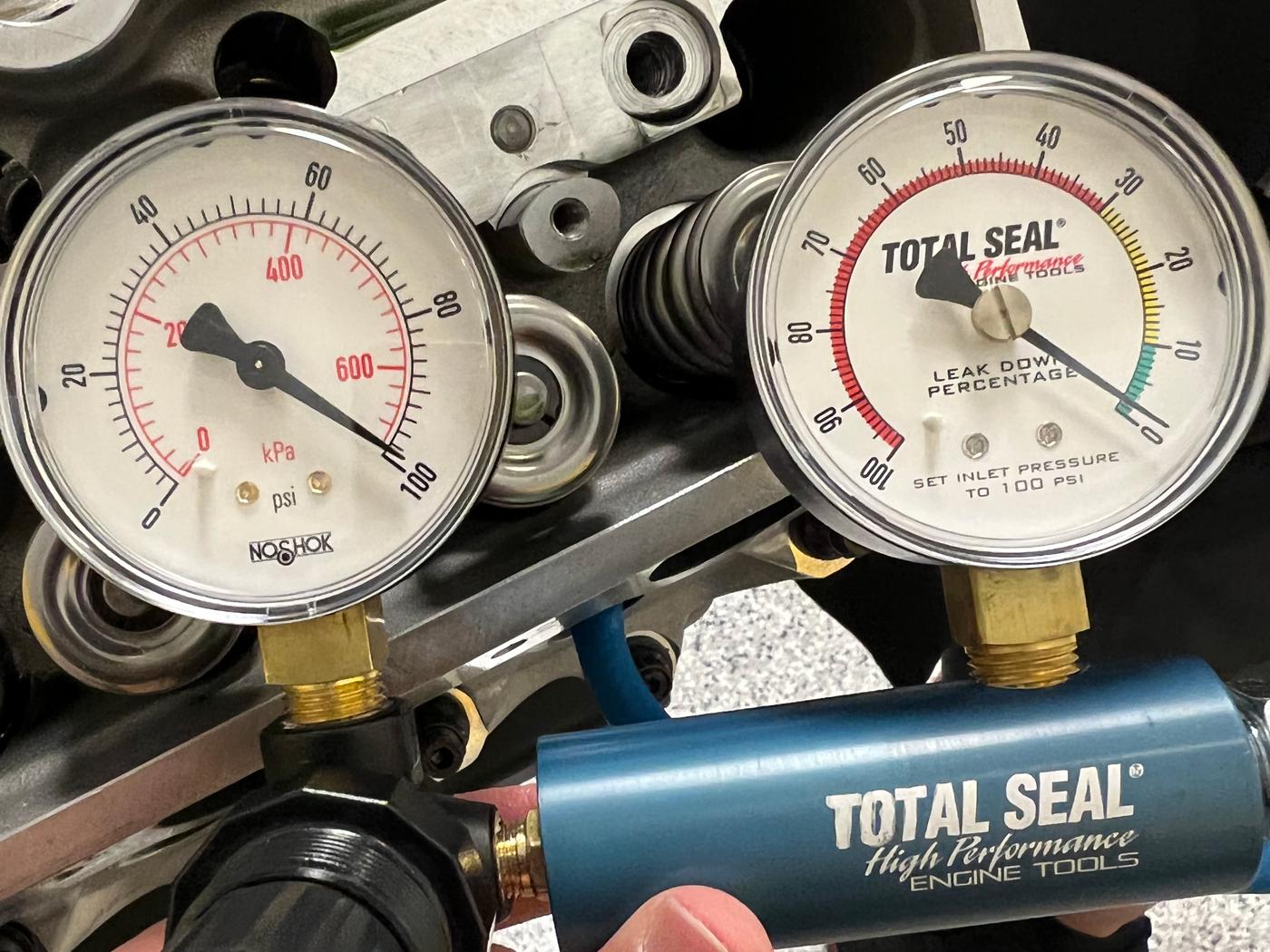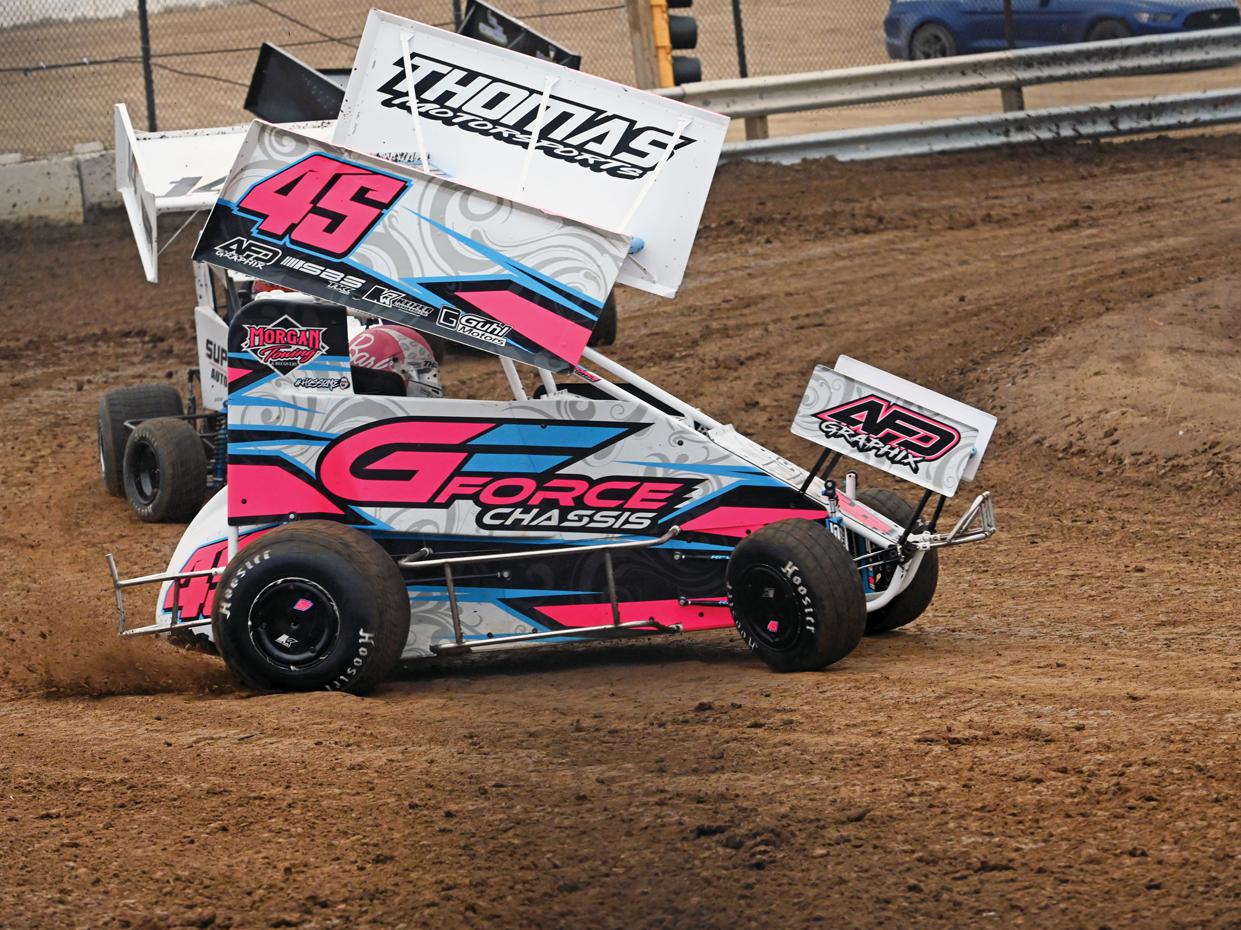Cost Controls
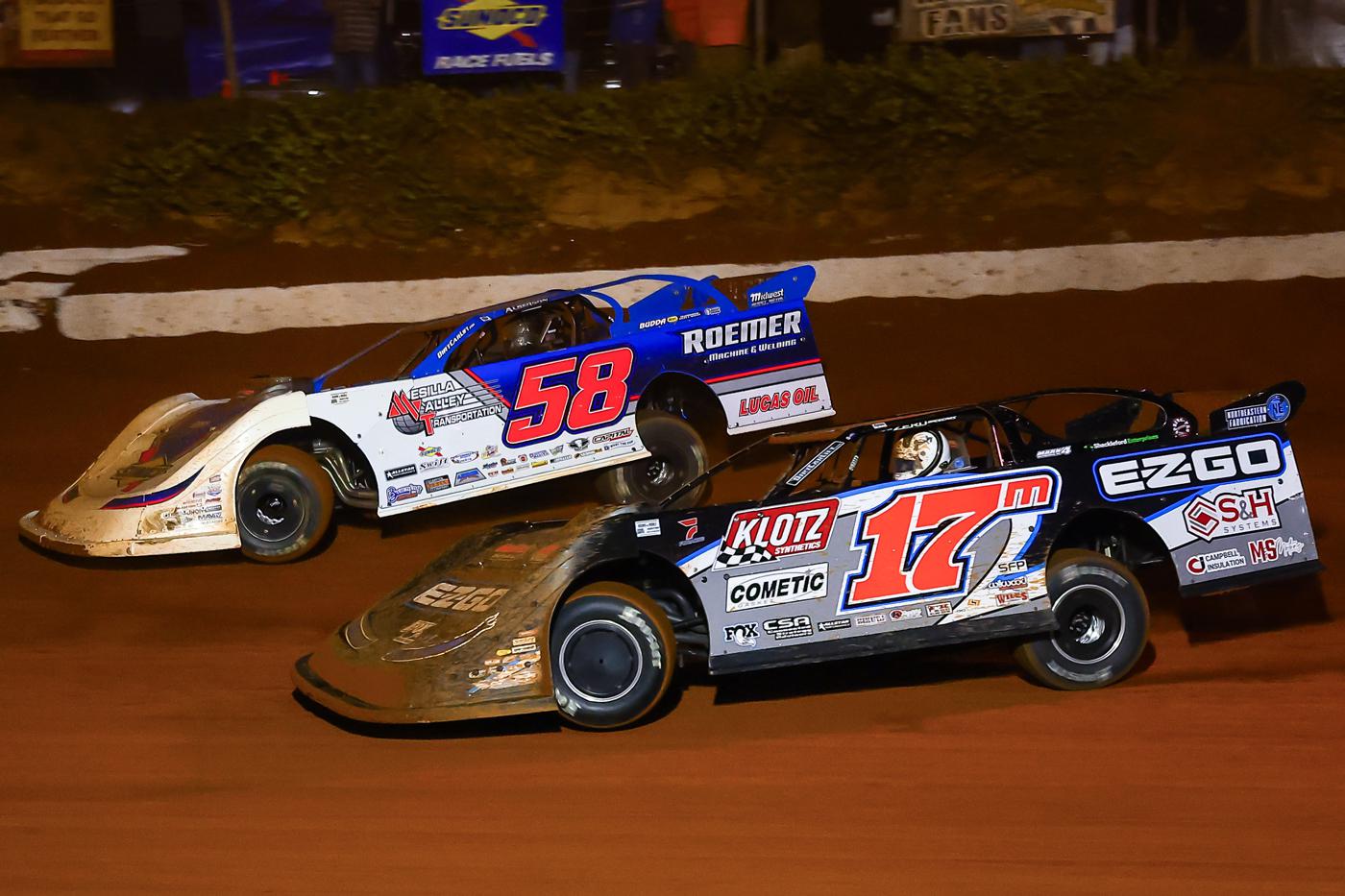
Photo courtesy of FloRacing Night in America
Big names, large purses, and tight competition have elevated the dirt late model segment to new heights in recent years, but smaller teams are paying the price.
No one has ever argued that racing is an inexpensive endeavor, but some forms of motorsports are more costly than others. Over the past decade or so, the dirt late model segment has seen an influx of talent from other disciplines, which has ushered in more sophisticated engineering and better racing in turn. That’s certainly a positive trend for the sport, but it has also come with some undesirable consequences.
“To run 70 or so races in 2020, my operational costs were in the $245,000 to $260,000 range,” said Shawn Martin, team owner of Viper Motorsports in Benton, Illinois, who oversees a racing effort that spans over the Lucas Oil Late Model Dirt Series, World of Outlaws CASE Construction Equipment Late Models, and Hunt The Front Super Dirt Series, among others. “Today that number is over 450.”
Although this rise in costs is certainly not exclusive to dirt late model racing, it is becoming a major concern for a growing number of teams, and it comes at a time when a competitive race program essentially requires a host of advanced technologies to stay in the game. While some top-tier teams’ balance sheets can bear these increases, there are others that are being left behind.
“It’s definitely hitting the weekly racers the hardest,” Martin said. “It’s just killing them.”
The Balancing Act
Ben Shelton, general manager for the FloRacing Night in America series, pointed out that these frustrations extend far beyond the world of motorsports.
“There is no question that costs have gone up, but so has the cost of everything in the world,” Shelton observed. “The technology has definitely increased, particularly with the engines and the shocks, but so have raw materials that the chassis companies use, and that means it costs a lot more to simply build these race cars. It is a challenge for everyone.”
He also said that although these increases have created difficulties, they have yielded tangible results on the track. “If you talk to the teams, they all say the same thing: The cars are glued better than ever before, as far as downforce goes. If you’ve got more downforce, you can handle a bigger motor. Before the aerodynamics of these cars got sorted out, smaller motors were beneficial in some conditions because they just couldn’t utilize the power. Once the aero got figured out, attention turned to the suspension. Now they’re so pinned down, they can take just about as much power as you want. But all of that development costs money.”
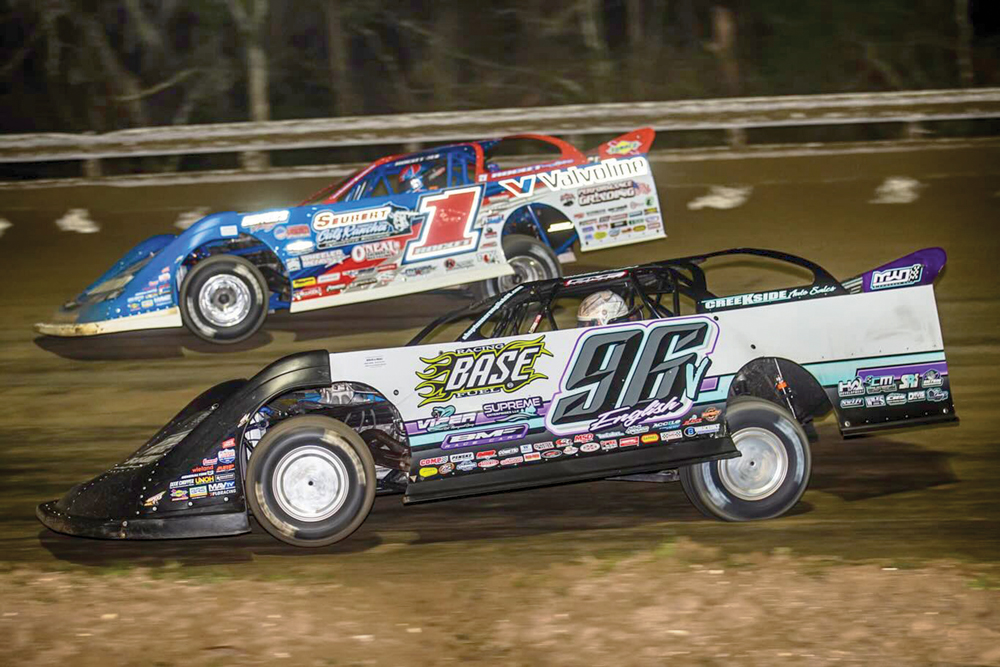
Travis Gorsuch of Gorsuch Performance Solutions in Chanhassen, Minnesota, also said that it’s not simply a case of unchecked spending by the teams. “A lot of it comes back to the fact that dirt late model racing has become very popular, and a lot of companies have realized the value in this particular market. Companies that used to invest in product development for NASCAR or the upper levels of road racing are now shifting their focus here. The notoriety of some of the drivers and events, and the overall rise in popularity of this type of racing, have gained the attention of manufacturers that are willing to focus their premium product lines on this market.”
While innovation has always played an important role in motorsports, Shelton said limits are necessary in order to keep the sport viable. “We’re paying attention to the technology entering the segment, and we’re stopping some of it. If we just let it happen, it would increase costs substantially—different suspension components and things like that. The folks from Lucas Oil and World of Outlaws have done a lot of research in this area, and we follow their guidance on a lot of what we do and do not allow. It’s tricky, though. Sometimes you make a change because you think it’s going to save racers money, but it ends up costing them more.”
He cited a tire rule that was enacted during the pandemic-related supply chain problems a few years ago. “We thought that marking tires, and limiting the number of tires teams could use in a night, was the way to go, especially during the shortages. While some people continue to mark tires, we stopped last year. I talked to a lot of teams, and they told me they were ultimately using more tires as a result of that rule. Last year, Kyle Larson won a race that I helped put on, and three of the tires on the car had been used for two nights several months prior. He told me, ‘I was able to pull those tires off of the car throughout the night, rotate them, and use them again.’ We thought we were helping by limiting tires, but the reality was that teams were just burning tires to the ground over the course of a night.”
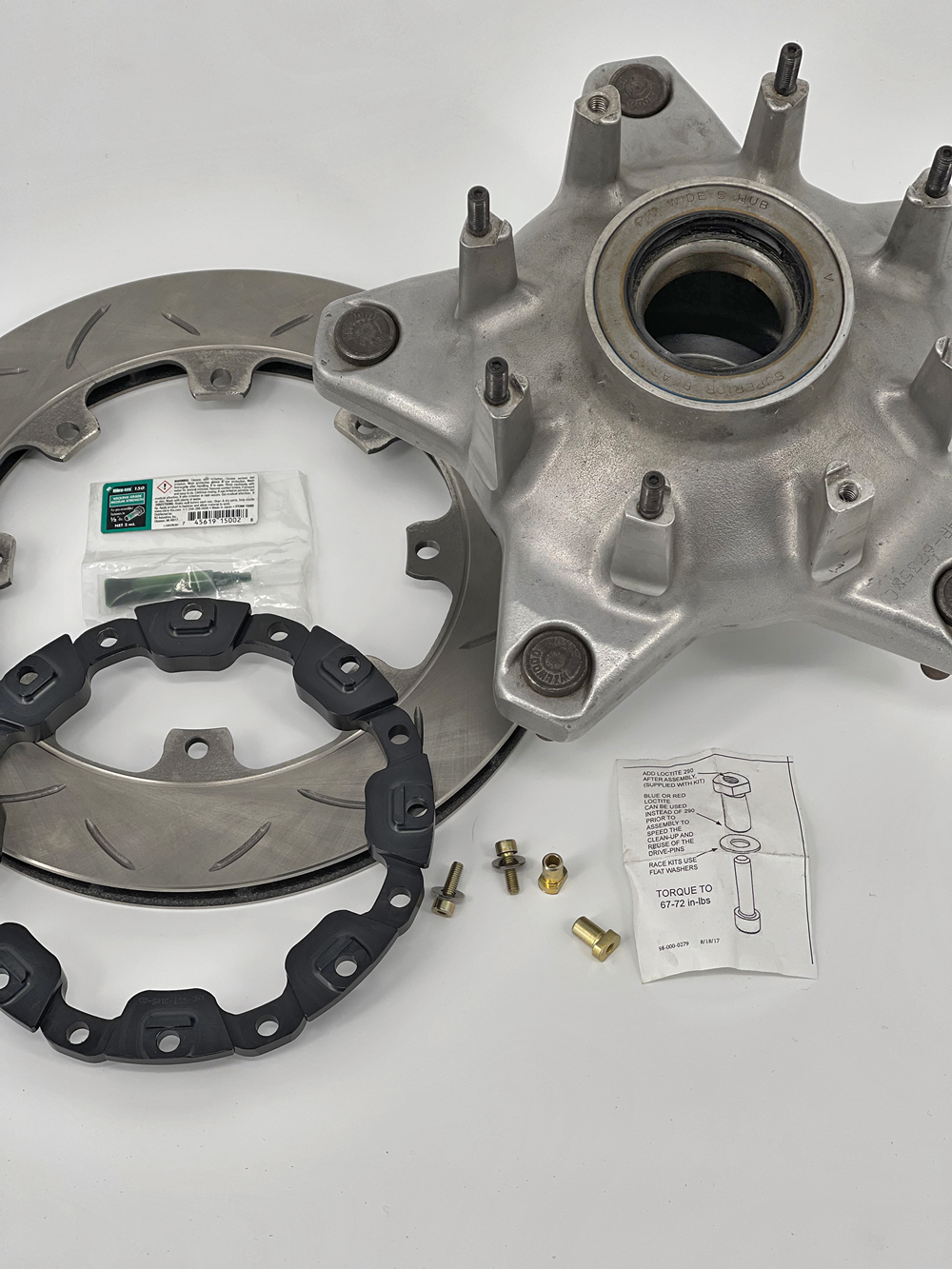
Martin also said that other changes implemented by series organizers to curb tire expenses in dirt late model racing have had the opposite effect. “They told us that going to a few Hoosier compounds was going to make it cheaper and better for the car owners, but my tire bill in 2023 was over a hundred grand, and it’s never been that high before.”
He said that it ultimately comes down to the cost per tire. “They raised the cost of each tire, and when you don’t have a limit in place as far as the number of tires you can use per night, somebody is going to bolt on new rubber each time they go on the track. That makes a difference when it comes to the competitiveness of the car.”
While the technology commonly used in dirt late model racing has advanced in recent years, Mike Nuchols of Warrior Race Cars in Seymour, Tennessee, said consumables are still the main culprit when it comes to rising costs. “The technology does play a role. The shock packages, for example, have gone from about $2,500 to a minimum of $5,000 in recent years. But data acquisition, wind tunnel testing, and things like that? That tech isn’t substantially moving the needle when it comes to costs. It’s really just, ‘the world.’ Labor costs are up, material costs are up. And tire costs are probably the biggest increase.”
Plan Of Attack
These concerns aren’t falling on deaf ears, and series organizers like Shelton are exploring different options to stem the tide. The trick, he said, is finding a solution that benefits all parties involved.
“The blue-collar racers are being hit the hardest, but it’s an issue for everybody,” he explained. “Talking with some of these top-tier team owners, they’re telling us it’s now starting to cost them enough money that they’re starting to consider what does and does not make sense. The national-level teams may have a bigger budget, but they’re also racing more, so they’re spending more. Nobody is saying, ‘I don’t have any issues with what I’m paying right now.’”
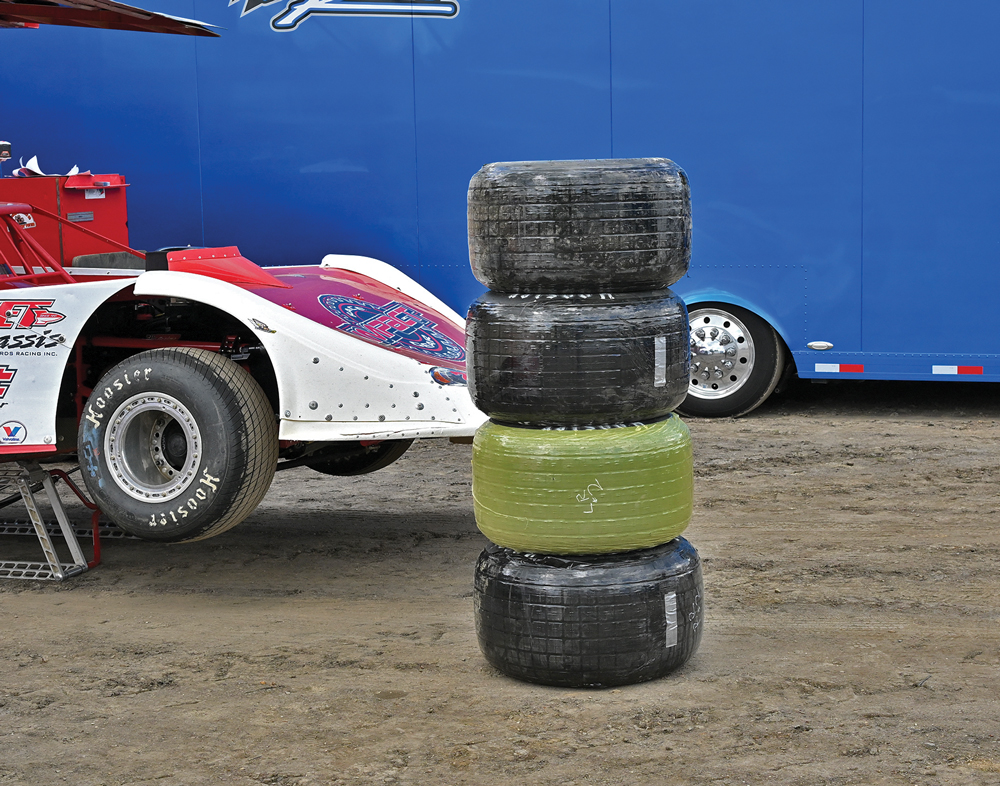
Martin told us that one of the primary problems facing teams is that while marquee events incentivize participation with large purses for the winners, it’s often a losing proposition for the rest of the field.
“For example, it pays $3,500 for third in a national touring event. If I ran a hundred races this year with $10,000 to win and $3,500 for third, and I came in third at every one of those races, that’s $350,000,” Martin explained. “It would be the feat of the decade. But if our operating costs are $450,000, we’re still a hundred grand in the hole. It doesn’t matter if you pay $10,000 to win—the series need to find a way to pay $2,500 to start.”
But Shelton noted that there’s a tightrope that must be walked when it comes to the optics involved. “There’s only so much you can do to make an impact on the cost of this equipment, so I’ve been paying more attention to moving purses around,” he explained. “For example, last year our races were $23,000 to win, and we started 22 cars with a thousand dollars to start. This year, I’ve made all my races (aside from the finale) $20,000 to win, I expanded the starting grid to 24 cars, and I took the balance of the money and spread it from 7th to 12th on our payouts. Last year it was $1,500 to run 10th. This year it’s $2,000. That can make a difference for the regional guy. For the past few years, our finale has paid about $50,000 to win and a thousand to start. This year I’ve restructured that, so it’s $30,000 to win and $3,000 to start. If we can’t get ahead of costs, we can make sure that more racers leave with more money. The challenge is convincing the fans that this is as big of an event as it was in previous years.”
Meanwhile, manufacturers like Gorsuch are focusing on finding ways to save racers money by developing products that address challenges that are particularly prevalent in dirt late model racing.
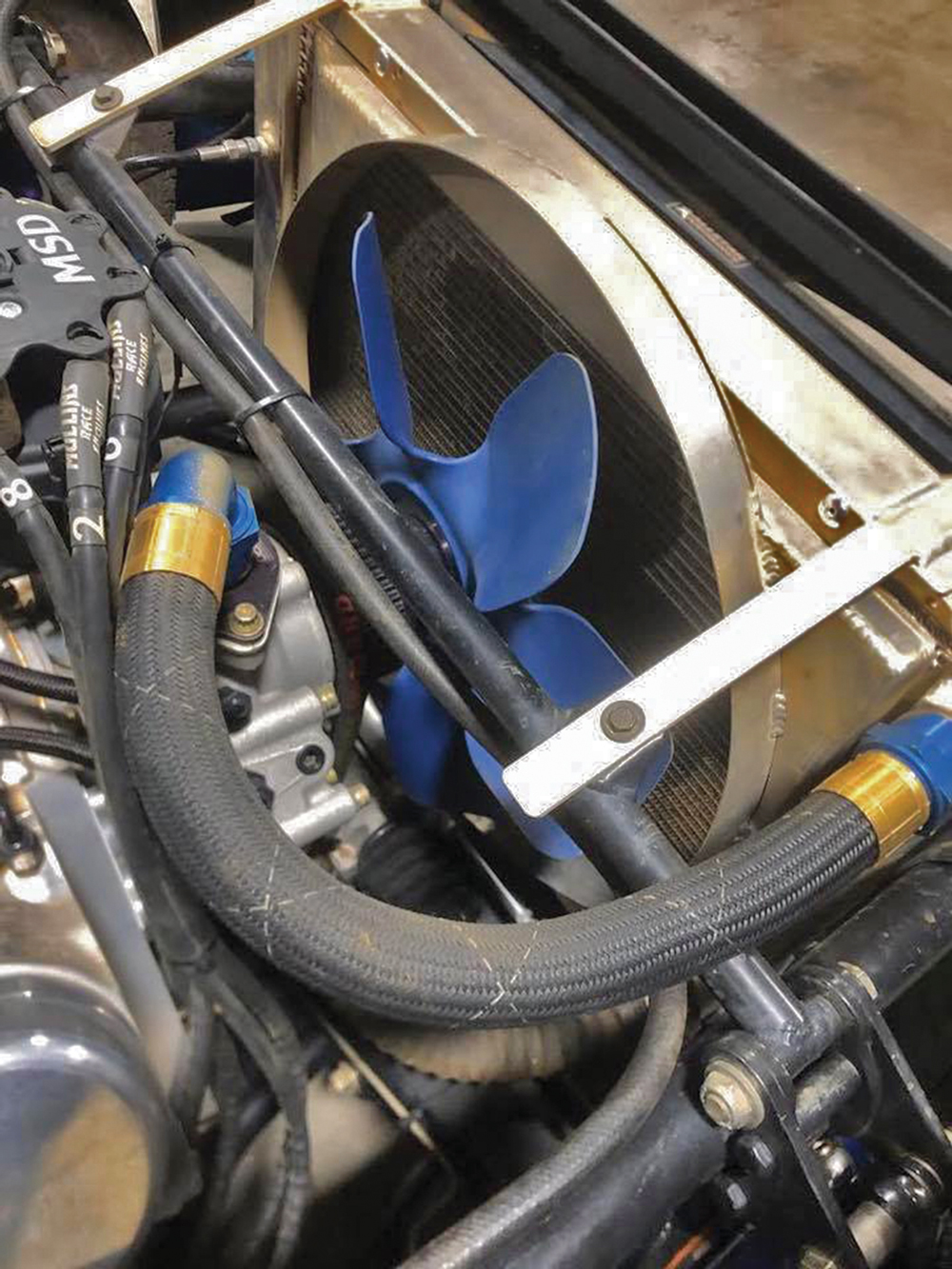
“If you get a DNF, it can be incredibly damaging to a race program, and that can be caused by things that racers might not necessarily expect,” he explained. “For example, if you’re running a steel fan blade, there’s a high probability that if that fan takes a rock or it scoops up a bunch of mud, it’s going to destroy things as it breaks apart, and it’s going to prevent you from finishing the race. So we designed a thinner, more efficient fan blade with a material that prevents it from breaking off at the base of the fan. If it does take a shot, it typically just chips at the outer edge of the blade. We’ve had people run them with that kind of damage for months without issue. It’s not ideal, and I wouldn’t race at a crown jewel event like that, but they didn’t hurt their engine, and they finished the race that the damage occurred in. That might not have been the case otherwise.”
He also told us that with some consumables, a larger up-front expense can actually lower long-term costs. “I guess I’m coming at it from a crew’s perspective as much as the racer’s,” Gorsuch said. “Like, how can we save the teams some work and get products to last longer? For example, I have a customer who was running someone else’s brake pads, and he was putting a new set of pads and rotors in the car every three weeks. It blew my mind that this is what was required to get it to work. I look at the brakes as an entire system, and I think the solution has to be holistic. By using better materials and tighter tolerances than our competitors, we came up with a system that would provide the driver with the performance while also significantly improving the longevity of the parts. Our pads will last for many races, and the rotors should last roughly a season. It’s sort of a ‘buy once, cry once,’ proposition. But it’s one less thing they have to worry about.”
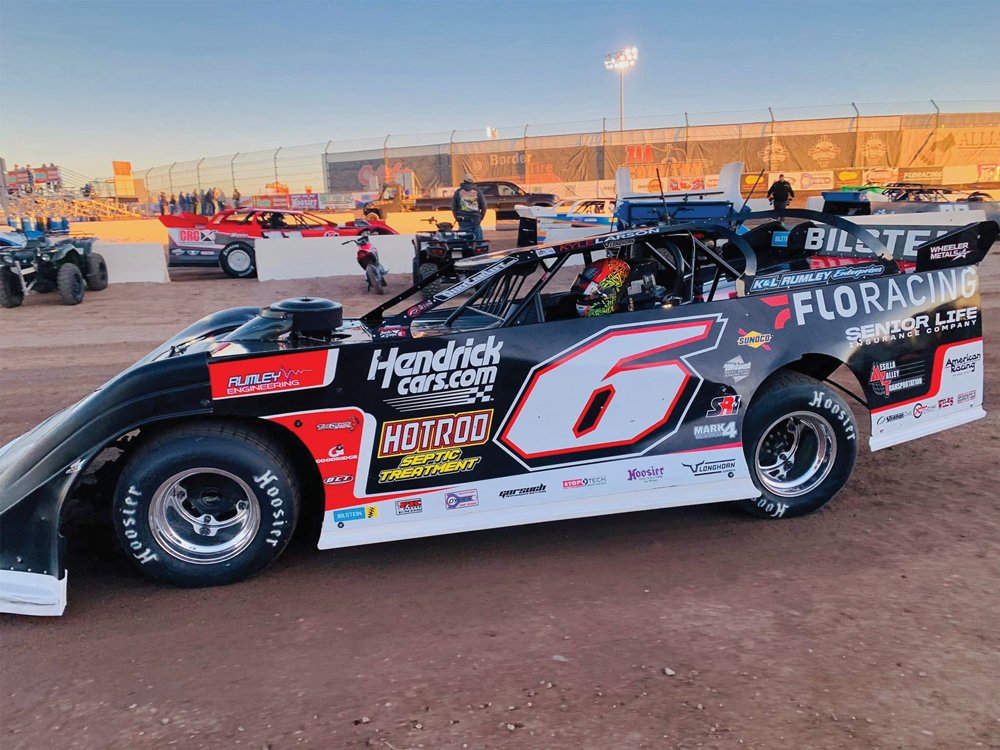
Every bit of cost savings is certainly welcome, but Martin was adamant that the future of the sport will largely be determined by how promoters and series organizers respond to calls for purse restructuring.
“If you structure it like $30,000 to win, $25,000 for second, $20,000 for third, $17,500 for fourth, $15,000 for fifth, $7,000 for 10th, and $3,000 to take the green, you have something that’s a lot more appealing to a wider scope of the sport,” Martin said. “But folks have said that when they advertise a $30,000-to-win race, it doesn’t get the same kind of attention as $100,000 to win because it doesn’t seem as special. So maybe it’s a perception problem. I mean, how many people watch the Daytona 500 despite the fact that no one knows what it pays to win?”
SOURCES
FloRacing Night in America
floseries.com
Gorsuch Performance Solutions
gorsuchperformancesolutions.com
Viper Motorsports
vrmgmotorsports.com
Warrior Race Cars
goddardwarrior.net
 MEMBERSHIP LOGIN
MEMBERSHIP LOGIN JOIN PRI
JOIN PRI
